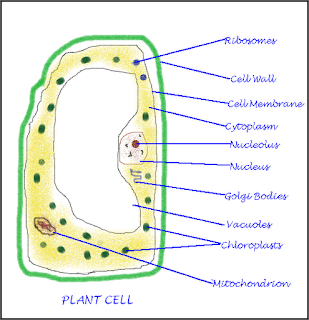Class 9 - (Information Technology) IT
Chapter: Basics of Computer System
 |
| Can you identify the parts labelled as numbers? See answer below. image courtesy: wikimedia |
Multiple Choice Questions (MCQs)
Q1: Computer system has a unit, which displays the results from it.
A. Central Processing Unit
B. Memory Unit
C. Input Unit
D. Output unit
Q2: A computer system can accept textual input with the help of
A. Mouse
B. Video Camera
C. Keyboard
D. Barcode Reader
Q3: We can enter the audio form of data into a computer system with the help of
A. Microphone
B. Scanner
C. Keyboard
D. Barcode Reader
Q4: One of the Internet Service provider in India
A. CBSE
B. BSNL
C. Microsoft
D. Infosys
Q5: Files can be organized in
A. Printer
B. Keyboard
C. Folder
D. Mouse













